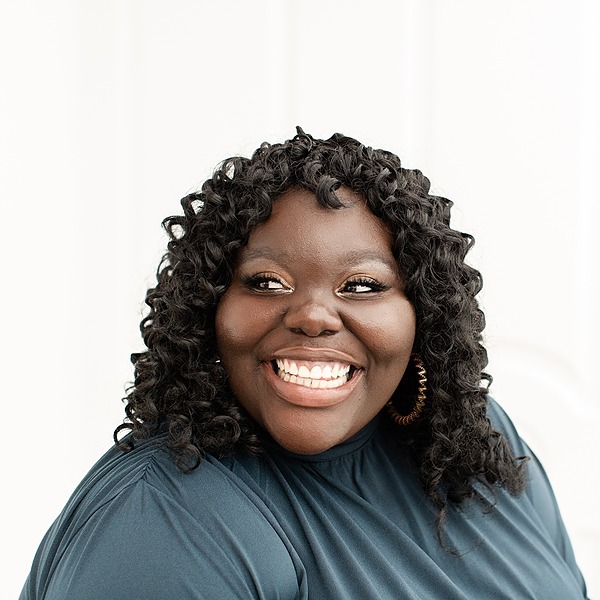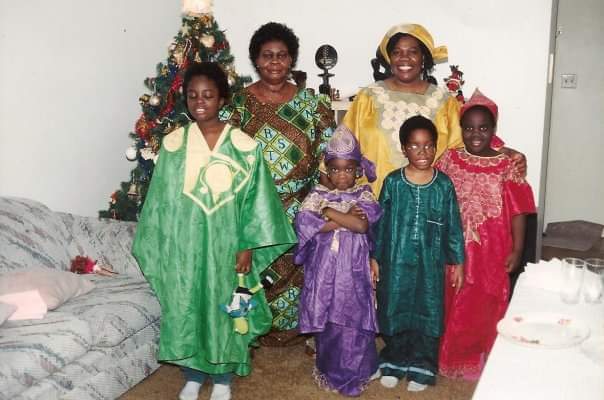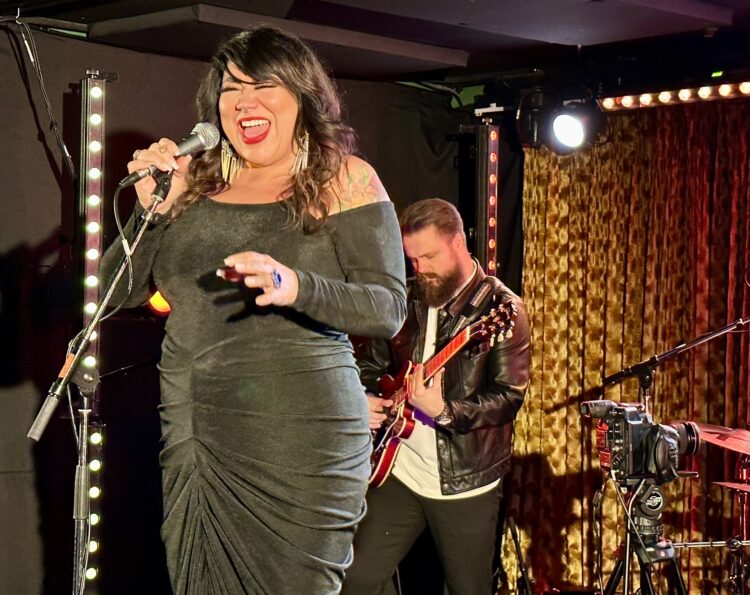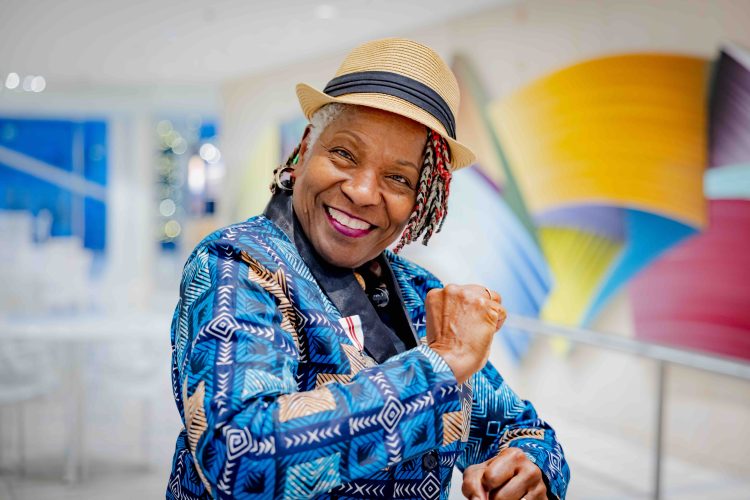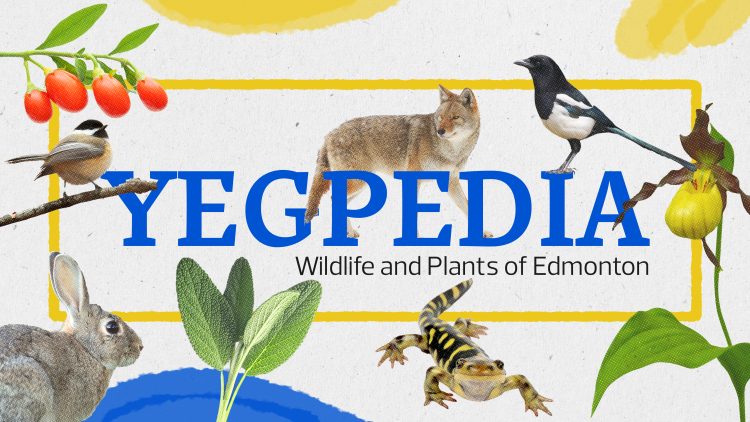Q: What does Black History Month mean to you?
Sarah: To me, Black History Month is an opportunity for celebration. It’s a chance to learn about people in and around our communities to support, engage with, and spend time learning about and from people from African and Caribbean heritage.
Q: Can you share your journey as an educator and how you became involved in initiatives such as The Black Teachers Association of Alberta and The Black Bookshelf Project?
Sarah: The first step to leadership in education is understanding, so teaching was my first goal. I went through university at two sites—Grant MacEwan College (at the time) and then the University of Alberta. I graduated at the end of March 2013. As a substitute teacher, I started teaching with the Edmonton Catholic School Division on April 1, 2013.
In August of 2013, I secured a position at an incredible elementary school. I worked as a teacher in grades three through six at that school for eight years. In June of 2020, I co-founded the Black Teachers Association to support all teachers in supporting all students. It was created at the height of the pandemic in trying to talk to students about things they saw online, in isolation, while teaching and learning online due to COVID-19. We are still a unified presence in the province’s education sector, supporting teachers north, south, east, and west.
Additionally, I have had the ability to join the board of The Black Bookshelf Project with a group of friends here in Edmonton. The project aims to bring representation into schools and homes using literature. Things like this bring me joy as an educator.
Currently, my role with the Edmonton Catholic School Division is the Equity, Diversity, Inclusion, and Anti-Racism Consultant for all schools. It’s a lot of work, but it’s important work, and I am grateful for the opportunity.

